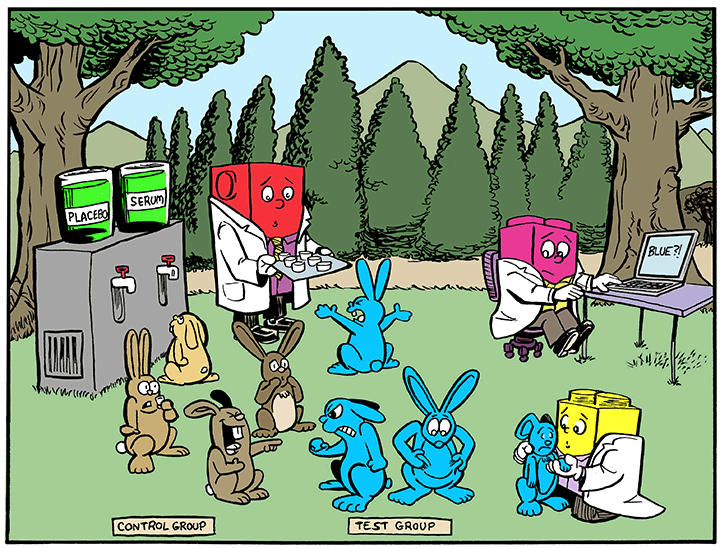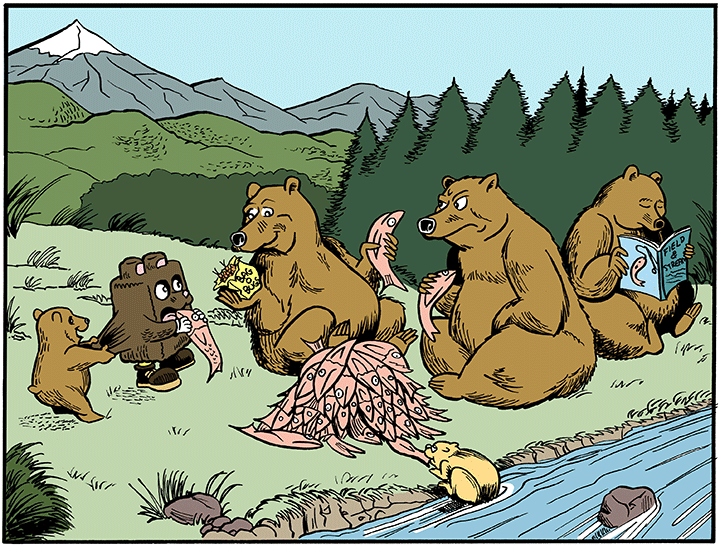I read somewhere (and for the life of me I can’t remember where and I have too much to grade this week to look it up) that a good idea to help students learn is to generate a unifying theme for your students, a grand narrative of the course, so they can see that there is a coherent beginning, middle, and end, rather than a series of discrete topics. Of course, we, as instructors, know what threads hold our courses together, but do the students recognize these threads as they go through the course? How can we help them in this process so that the succession of topics makes sense?
There are, of course, multiple ways of doing that. But I want to focus on visual elements that might help. How much customization do you use in blackboard versus using the default settings. Personally, I pick a color for the sidebar (now that my beloved buttons are defunct) that is based on the dominant color of the textbook I picked. The color palette I select is also partly based on main theme of the course.
For instance, for my course on global social problems, I needed something serious. So, I had course banner images and as individual unit banners that reflected that. In addition, I created unit introductory videos that had the same look and feel that the look of the course and integrated the banner image.
You can find the banner images below:
And here is one example of a unit introductory video:
Another way of visually creating an overarching narrative is through cartoons. I did it especially in my research methods class, which is a basic survey course on the topic, that is a broad overview of the main research methods in the social sciences. I wanted to convey the idea of the research process as a journey of discovery.
So, again, I asked my community college librarian, and professional cartoonist friend, Kevin Moore for assistance. And for every unit, Kevin designed the cartoons I used as unit openers, with a running themes of the lego dudes on a journey of discovery through research methods (the lego dudes were used in a similar fashion in my introduction to data science class). My fellow social scientists will recognize the steps of the research process as well as the different research methods.
Here they are below:
As I said earlier, this is obviously not the only way to do this. It all depends on your course content, your teaching style, and the overall context of the course. And it does not have to be visual. I just like visual better.
So, what are the ways you guys use to convey the grand narrative of your course?
Christine






















